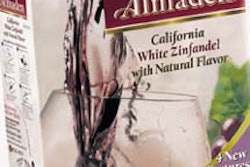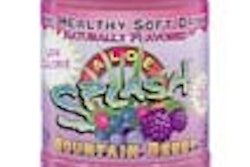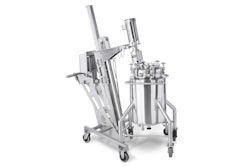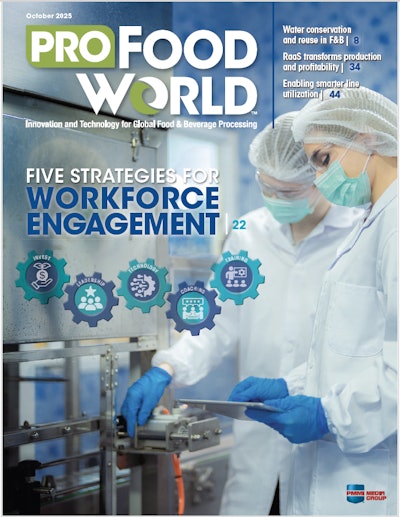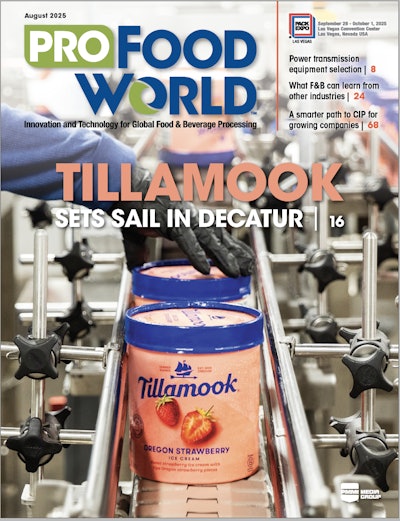The main problem is the use of the "varietal" or variety of grape in flavored wine labels. At least 75 percent of the wine in a table wine must be from the grape variety listed on the label (chardonnay, merlot, zinfandel, etc.) But a flavored wine (peach chardonnay, or example) or a flavored wine in a "bag in a box" container (white chablis with natural flavors, for example) can use the name of the grape in the label even though it contains a smaller percentage of the varietal wine than the table wine. The smaller amount of the more costly varietal wine may put the flavored wine at a competitive advantage.
Growers want the Bureau of Alcohol, Tobacco and Firearms to eliminate any reference to a varietal or geographic area on flavored wine labels. BATF has suggested creating a new class of wines with its own labeling rules. The label would list ingredients and state it is a "flavored wine product." The varietal could be used on the label only if is comprised at least 75 percent of the wine. The agency predicted the issue would be settled by the end of the year. Some makers of flavored wines are urging voluntary labeling standards.
One small wrinkle: BATF's rules apply only to wines with 7 or more percent alcohol content. Wines containing less than 7 percent alcohol are regulated by FDA and would be allowed to use the varietal name on the label. They would, however, be required to list all ingredients.




